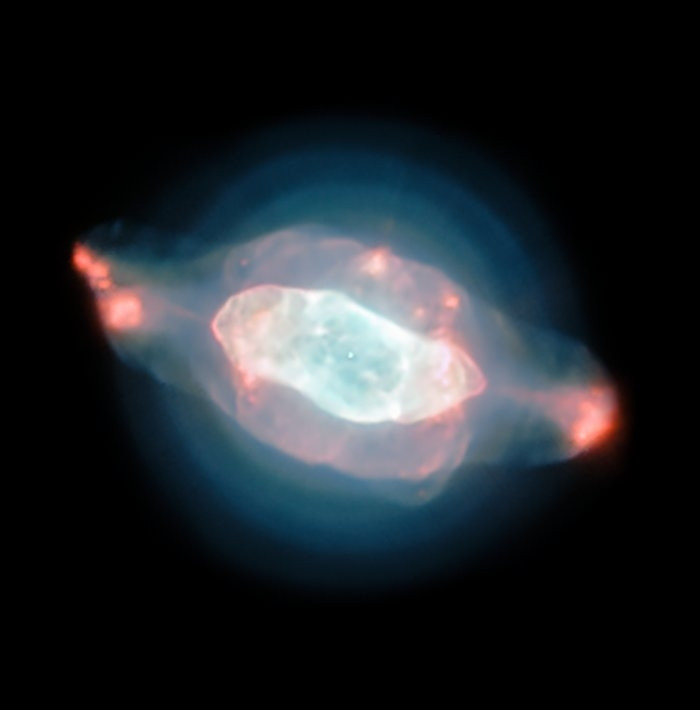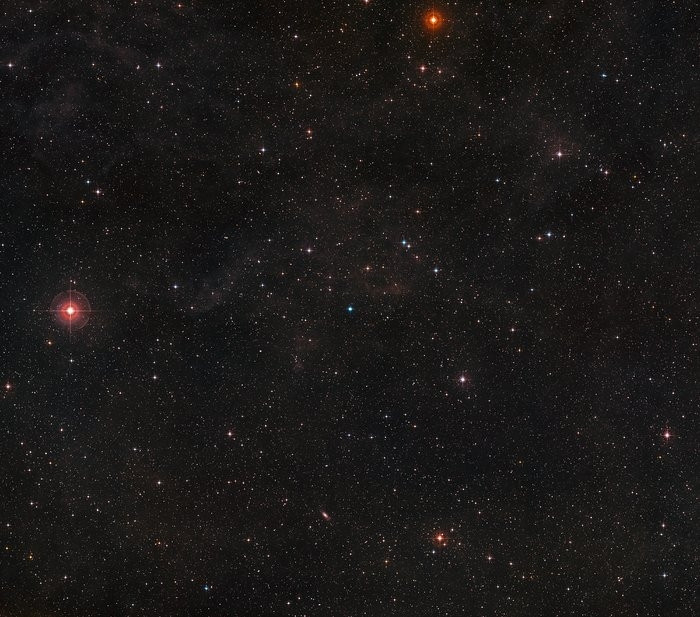New images reveal strange structures of the spectacular Saturn Nebula
The nebula is a huge cloud of interstellar dust located 5,000 light years from Earth.

New telescope images have revealed the spectacular structures of the Saturn Nebula – a huge interstellar cloud of dust located around 5,000 light years away in the constellation of Aquarius.
The Saturn nebula is a so-called planetary nebula – objects that were mistaken for planets when they were first discovered in the 1780s – named for its resemblance to the ringed planet Saturn.
However, the Saturn Nebula has nothing to do with planets. Much earlier in its life it was low-mass star that later expanded into a red giant and began shedding its outer layers. This excess material was blown away by strong stellar winds and energised by radiation from the remnants of the star's core, creating a nebula of dust and brightly coloured hot gas.
In the new image, the heart of the dying star – which is in the process of becoming a white dwarf - can be seen at the centre of the nebula.
An international team of astronomers chose to investigate the Saturn Nebula in order to better understand how planetary nebulae are moulded into such strange and complex shapes, and their role in the deaths of certain types of stars.

They used a piece of equipment called 'MUSE' at the European Southern Observatory's Very Large Telescope facility in Chile. The instrument is incredibly powerful because it doesn't simply create an image, but also gathers information about the spectrum of colours of the light from the object at each point in the image.
With MUSE, they produced the first detailed image maps of the gas and dust in a planetary nebula, revealing many intricate structures including an elliptical inner shell, outer shell and a halo.
MUSE is not only useful for studying planetary nebula though. It is powerful enough to examine the formation of stars and galaxies in the early universe and has even imaged a spectacular cosmic crash in a nearby galaxy, among other achievements.
© Copyright IBTimes 2025. All rights reserved.





















